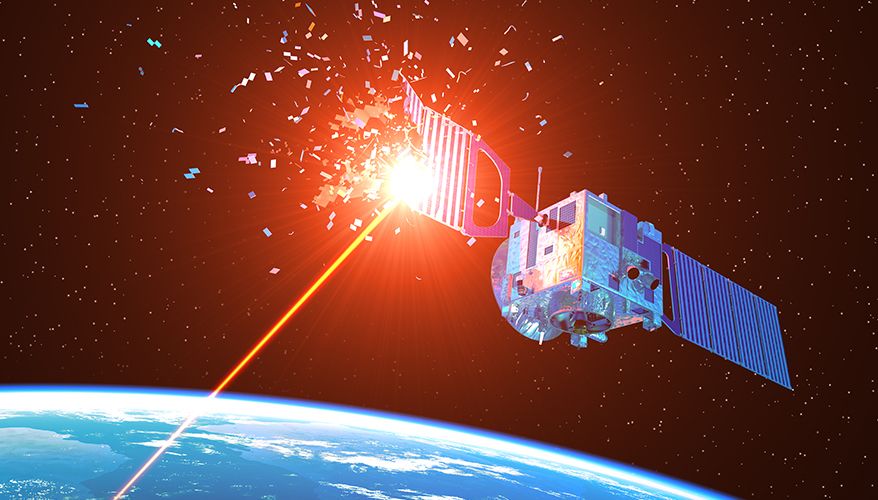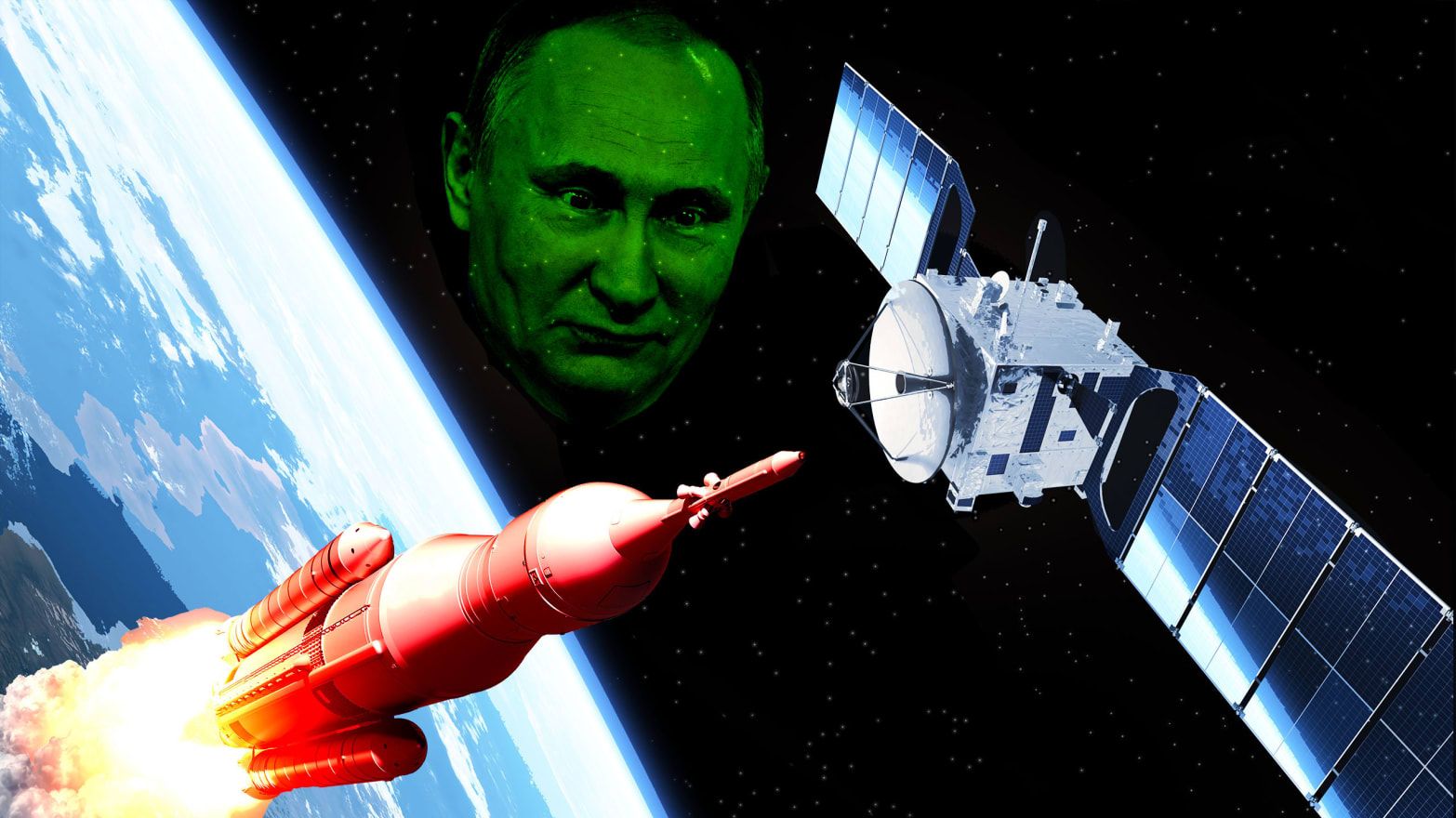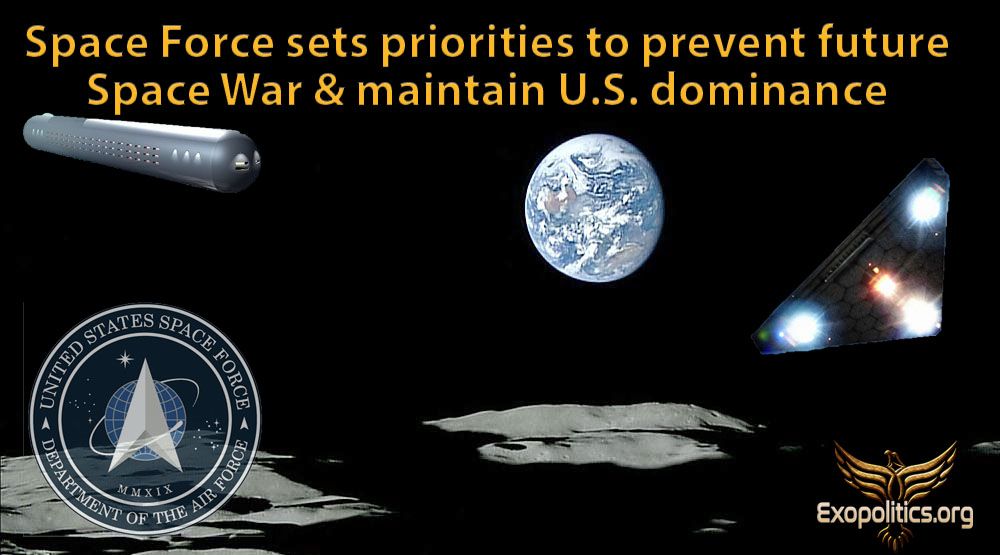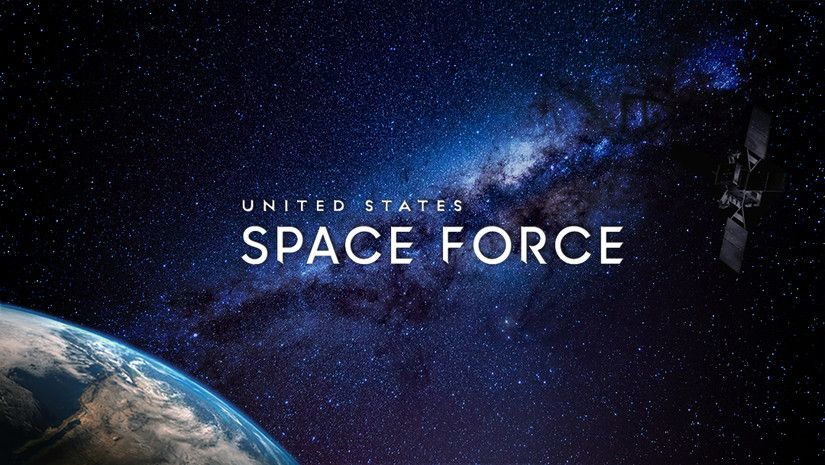Space Force’s Use of Directed Energy Weapons to Maintain Space Superiority
July 10, 2021 (bollyinside.com)
• According to a Space Force spokesperson, General Jay Raymond Chief of Space Operations for Space Force has stated that China and Russia have directed energy weapons capabilities that are designed to damage or destroy our satellites. Rep. Jim Langevin, (D-R.I.), asked Gen. Raymond whether the United States was adequately developing a directed energy portfolio “for space dominance”. “Yes sir, we are,” Raymond responded. “We have to be able to protect these capabilities that we rely so heavily on.”
• Space Force, and the Air Force before it, have always been secretive about what Anti-Satellite (ASAT) weapons the U.S. military has or is developing. The one with the most public details is the Counter Communications System, a transportable system that can jam enemy satellites. The U.S. also has missiles that can reach satellites in low Earth orbit.
• “[T]he context of the statements …certainly leave the door open to non-kinetic defensive space capabilities of some kind,” said Todd Harrison, director of the CSIS Aerospace Security Project. “[O]n-board electronic countermeasures, such as ‘laser dazzlers’ and ‘radar jammers’, can be an effective way to defend satellites against certain types of kinetic attacks. And it has the advantage of protecting satellites without producing space debris.” Raymond’s comments didn’t rule out these types of weapons.
• The U.S. government has cited the development of ASAT weapons by China and Russia as a justification for the creation of Space Command and Space Force Since their establishment, military space leaders such as US Space Command’s Gen. James Dickinson have been quick to criticize foreign ASAT development and testing. Perhaps more concerning is a mysterious Russian satellite that has shown the ability to fire a projectile in space which Gen. Raymond refers to as an ‘on-orbit weapon system’.
• The Missile Defense Agency has explored using space-based lasers to intercept ballistic missiles, but Space Force has been mum on what weapon systems — conventional or directed energy — it is developing to protect its satellites or defeat enemy satellites. Raymond’s acknowledgement at the hearing might be the first time he’s publicly confirmed that directed energy systems are under development.
• “Russia has made space a war-fighting domain by testing space-based and ground-based weapons intended to target and destroy satellites. This fact is inconsistent with Moscow’s public claims that Russia seeks to prevent conflict in space,” said Dickinson. “Space is critical to all nations. It is a shared interest to create the conditions for a safe, stable and operationally sustainable space environment.”
• The U.S. has invested heavily in building passive defenses, but it is less forthcoming on its active defenses. Other nations are less secretive. France has stated that it could equip its satellites with weapon, possibly lasers, to defend themselves from adversaries.
• Earlier this year, the Center for Strategic and International Studies suggested that Space Force develop orbital laser weapons to defend American satellites. A CSIS report titled: “Defense Against the Dark Arts in Space” lays out the various types of ASAT weapons and describes several ways that Space Force could defend against them, including passive defenses like building a redundant space architecture that could survive the loss of one or even multiple satellites; and active defenses such as satellite-mounted lasers that could blind incoming threats.

“Yes sir, we are,” Raymond responded, suggesting that they discuss the issue in more detail in a classified setting. “We have to be able to protect these capabilities that we rely so heavily on.” Noting that directed-energy systems could be a possible defensive tool for American satellites, Rep. Jim Langevin, D-R.I., asked Chief of Space Operations Gen. Jay Raymond whether the United States was adequately developing a directed energy portfolio “to be an effective capability for space dominance.”
detail in a classified setting. “We have to be able to protect these capabilities that we rely so heavily on.” Noting that directed-energy systems could be a possible defensive tool for American satellites, Rep. Jim Langevin, D-R.I., asked Chief of Space Operations Gen. Jay Raymond whether the United States was adequately developing a directed energy portfolio “to be an effective capability for space dominance.”
 In a statement to C4ISRNET, a Space Force spokesperson said, “General Raymond
In a statement to C4ISRNET, a Space Force spokesperson said, “General Raymond

has stated many times that China and Russia have directed energy capabilities that are designed to damage or destroy our satellites. His response to Congressman James Langevin’s question was confirming that our architecture developments in the face of these threats are appropriate.” However, the Space Force — and the Air Force before it — have always been secretive about what ASAT weapons the U.S. military has or is developing. The one with the most public details is the Counter Communications System, a transportable system that can jam enemy satellites. And while the Air Force is developing laser weapons, it’s

not clear what plans — if any — there are to attach them to space systems or direct them at enemy satellites. The U.S. also has missiles that can reach satellites in low Earth orbit.

“Russia has made space a war-fighting domain by testing space-based and ground-based weapons intended to target and destroy satellites. This fact is inconsistent with Moscow’s public claims that Russia seeks to prevent conflict in space,” said Dickinson after a Russian ASAT test in December. “Space is critical to all nations. It is a shared interest to create the conditions for a safe, stable and operationally sustainable space environment.” Reports from the intelligence community and observers have highlighted the development of kinetic weapons — such as those mentioned above — as well as non-kinetic weapons — such as ground-based jammers or laser systems that can effectively blind satellite sensors — by nations deemed American adversaries.
FAIR USE NOTICE: This page contains copyrighted material the use of which has not been specifically authorized by the copyright owner. ExoNews.org distributes this material for the purpose of news reporting, educational research, comment and criticism, constituting Fair Use under 17 U.S.C § 107. Please contact the Editor at ExoNews with any copyright issue.












